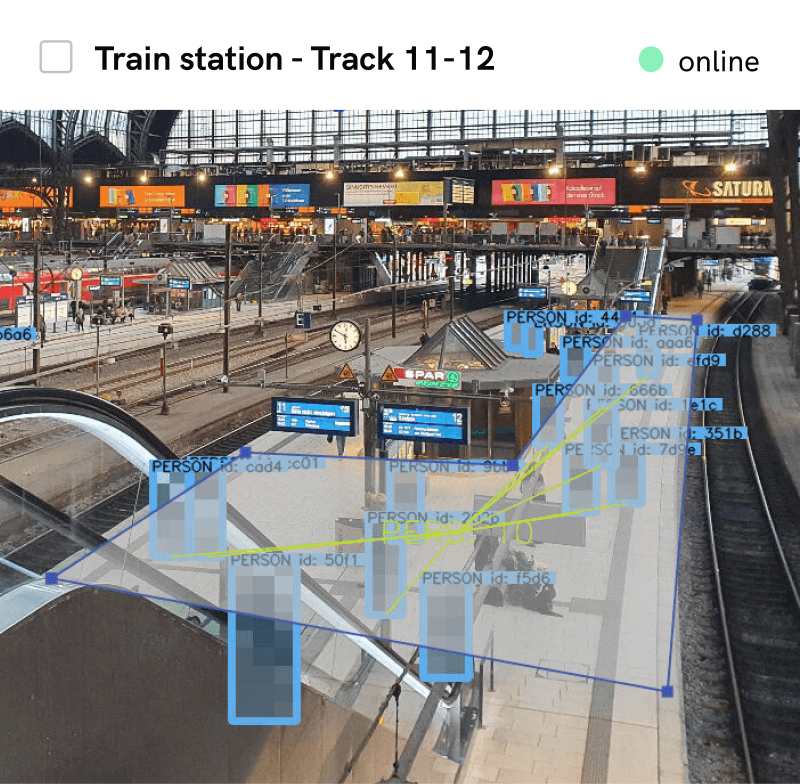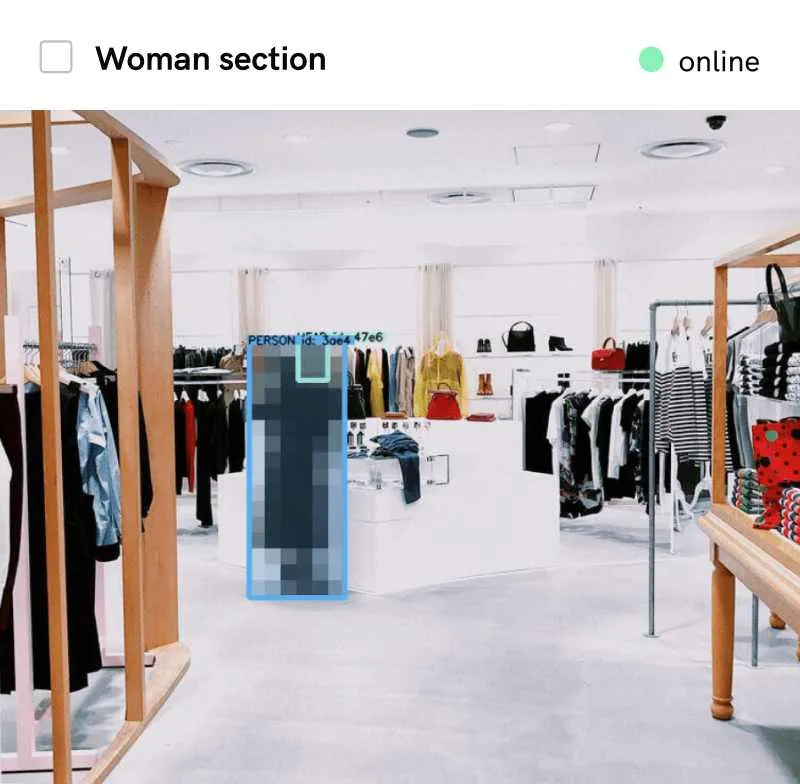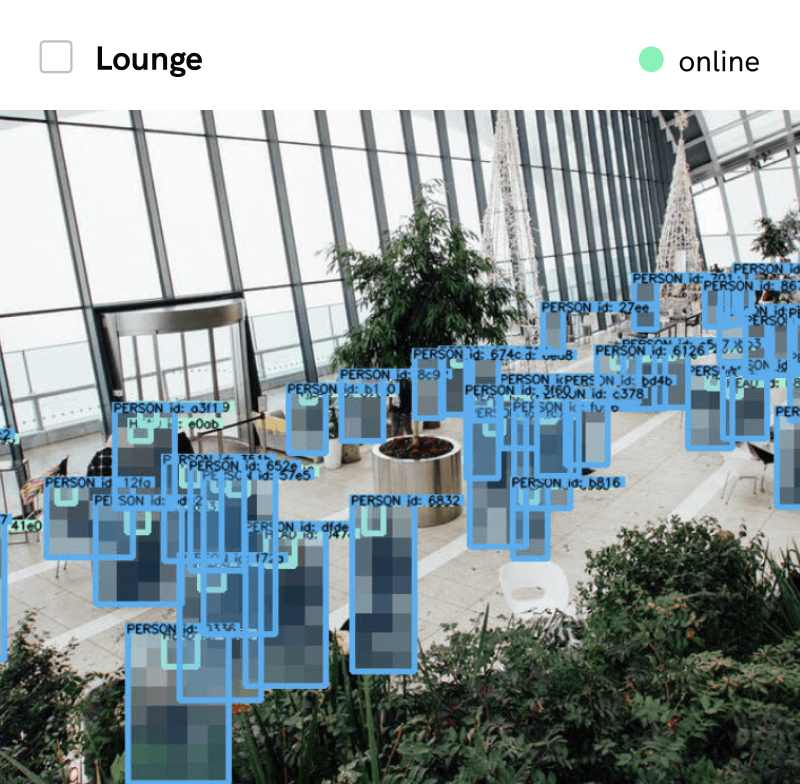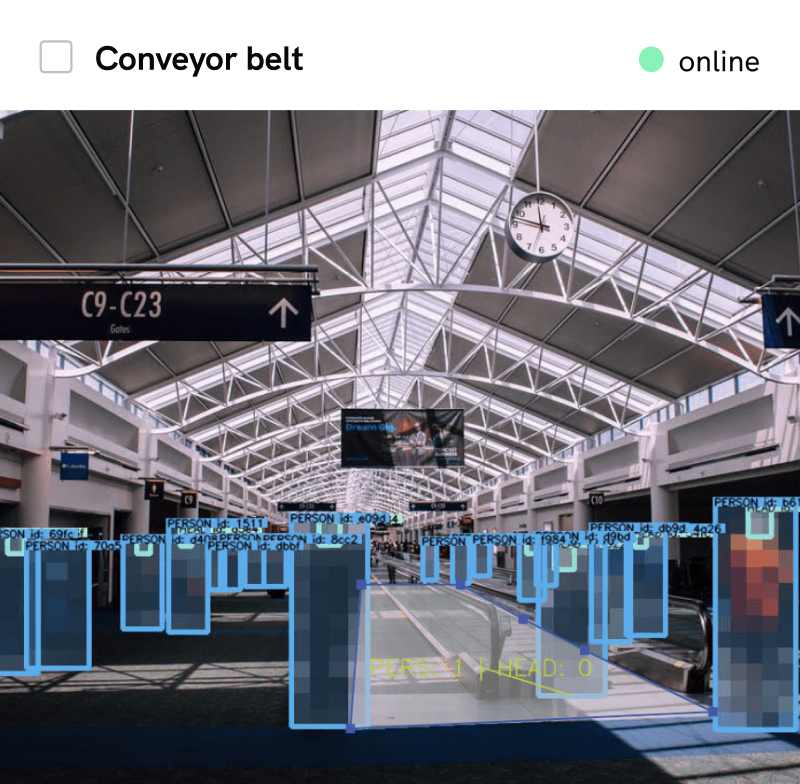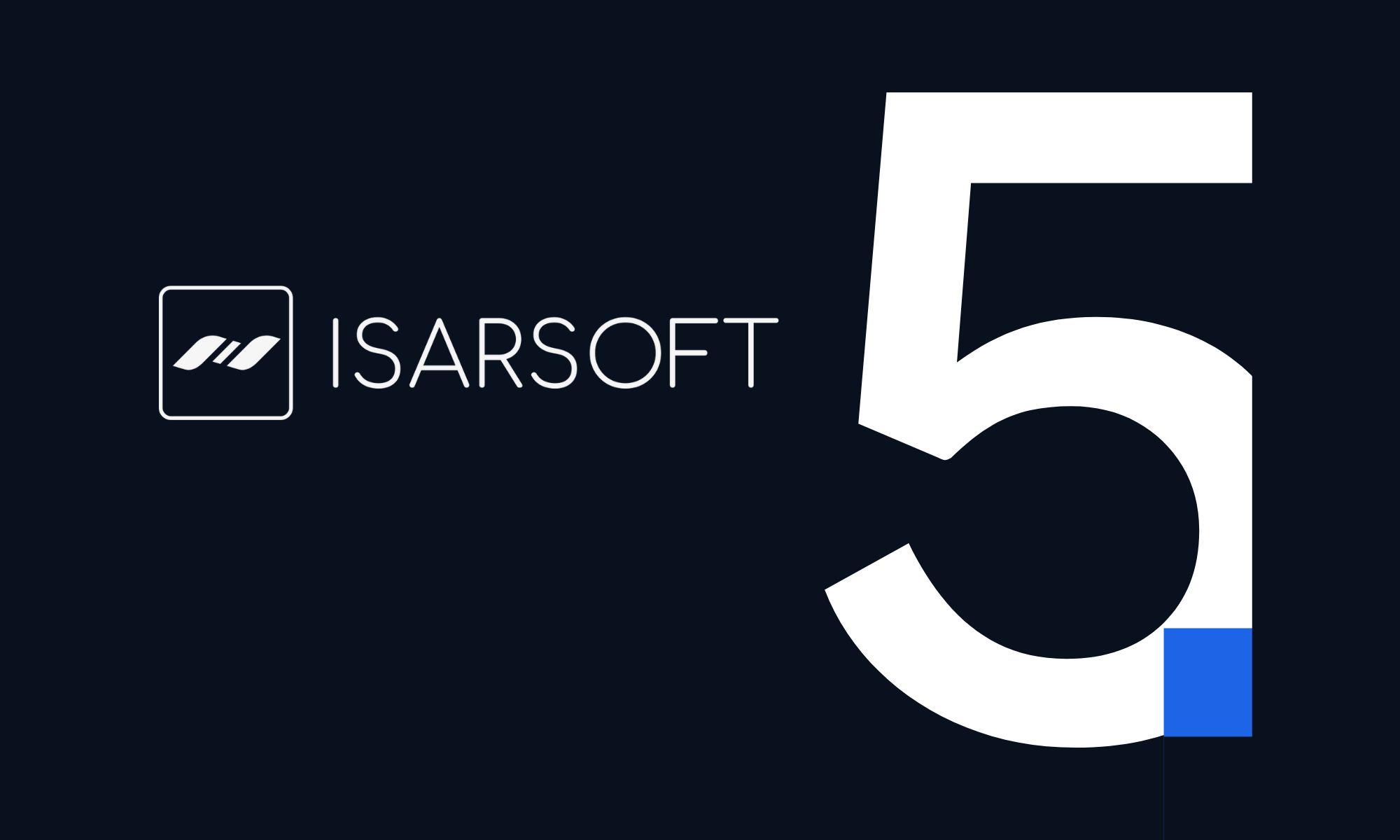Boosting Museum Value Propositions with AI Video Analytics
Ever wondered how museums can better showcase their impact and attract more support? In this article, we explore how advanced technology is revolutionizing the way museums enhance and communicate their value propositions. Discover how AI video analytics can provide invaluable insights, helping museums clearly demonstrate their worth to donors, sponsors, and the community. Dive into the full article to learn more about this cutting-edge approach and its transformative potential for cultural institutions.
Published
July 24, 2024
.avif)
Museums enrich society by preserving cultural heritage, fostering education, and community engagement. With over 100,000 museums worldwide, according to UNESCO, each institution strives to create a unique and memorable experience for its visitors.
From natural history museums to contemporary art galleries, from mineral exhibits to science centers, these spaces serve as cultural beacons, offering insights into history, art, and science while inspiring curiosity and learning among diverse audiences.
However, the landscape in which these institutions operate is increasingly competitive. To continue their operations and expand their institutions, museums must clearly define and articulate their value propositions and support them with accurate data to demonstrate their impact on society to donors, sponsors, and other contributors.
In the last years, AI video analytics has emerged as a revolutionary way to assist museums gain insights into their visitor analytics, thereby compelling stakeholders with concrete evidence of their value.
What is a Value Proposition?
In the context of museums, a value proposition is a statement that clearly articulates the unique benefits visitors will experience at a specific museum. This proposition captures the distinctive features of the museum and encapsulates its essence.
A well-crafted value proposition not only reflects the museum's identity but also resonates with potential donors and sponsors. It highlights what sets the museum apart from others and demonstrates how support can make a meaningful difference.
For example, take a look at how one of the largest natural history museums in the world effectively communicates its value through a compelling description on their website:
"Find answers to your big nature questions. Delve into stories about our research, scientists, and the collections we care for. Uncover the history of life on Earth, from the smallest insects to the largest mammals" (Natural History Museum, Britain).
This statement not only showcases the museum's unique resources and research capabilities but also invites supporters to join a journey that explores and explains the natural world.
How to Enhance Museum Value Propositions with AI Video Analytics?
What is AI Video Analytics?
AI-based Video Analytics, also known as Intelligent Video Analytics (IVA), involves the application of artificial intelligence and computer vision techniques to analyze digital video data and extract actionable insights.
This advanced technology goes beyond traditional surveillance, which typically focuses on mere recording and monitoring. It introduces sophisticated features such as people counting, tracking, detection, and behavior analysis, significantly expanding the capabilities of standard surveillance systems.
Moreover, AI Video Analytics automates the labor-intensive process of manual video monitoring, enabling accurate and continuous surveillance without the need for constant human oversight.
In essence, AI Video Analytics represents a technological leap that empowers museum professionals to interpret complex video data and make well-informed decisions, thereby enhancing the operational efficiency and visitor experience of museums.
AI Video Analytics in Museums
AI video analytics can significantly bolster a museum's value proposition by deepening insights into visitor behavior, boosting operational efficiency, and enhancing visitor engagement. Below are key ways this technology can be effectively utilized:
- Engagement Analysis: AI video analytics employs algorithms to interpret video data, monitoring visitor behaviors like pauses, dwell times, gestures, and movement patterns around exhibits. These detailed insights are crucial for museums as they reveal which exhibits resonate with visitors and which might need enhancements. This data allows museums to tailor their displays to maximize engagement and improve the overall visitor experience, directly enhancing the museum's appeal.
.jpg)
- Visitor Counting: AI video analytics provides precise counts of people entering and exiting the museum at any time. Referred to as footfall measurement, this capability enables museums to gather detailed statistics on monthly and annual visitor numbers. These metrics are essential for identifying peak visitation times and generating reliable reports that underscore the museum's popularity and operational success—valuable data for attracting funding and strategic planning.
.jpg)
- Unattended Object Detection: A critical aspect of a museum's value proposition is the safety and security it offers its visitors. AI video analytics enhances this by detecting unattended objects that could pose security threats, such as bags or packages. This not only helps maintain a secure environment but also boosts visitors' confidence in the museum's commitment to safety, significantly enhancing the overall visitor experience.

- Predictive Analytics: AI in museums goes beyond simple monitoring; it learns and evolves. Over time, with adequate data, AI systems can anticipate when exhibits or infrastructure will need maintenance. This proactive approach reduces downtime and guarantees that all museum features function optimally, safeguarding the visitor experience. This foresight not only boosts operational efficiency but also ensures continuous, unhindered exploration for visitors.
These are just some of the many applications of AI video analytics that strengthen a museum's value proposition. By enhancing all aspects of museum management, from operational efficiency to enriching the visitor experience, these AI-driven advancements are adaptable to the unique needs and goals of each museum. This flexibility positions museums as both secure and perceptive spaces, making them attractive to both new visitors and potential investors.
Overall, the adoption of AI video analytics represents a significant step forward for museums, blending traditional cultural preservation with innovative technology to create dynamic and engaging environments that captivate and inspire. Learn more about Isarsoft Perception and how it can transform your museum today.
More about Isarsoft
With Isarsoft Perception, your camera systems become part of your business intelligence. Whether the goal is to increase efficiency, customer satisfaction, or safety, Isarsoft Perception provides the insights needed for informed decisions.

Contact us, to learn more about how to turn security cameras into intelligent sensors.
References
Optimize your business processes.
Utilize Isarsoft’s intelligent video analytics to optimize operations and tracking footfall traffic in real time.
